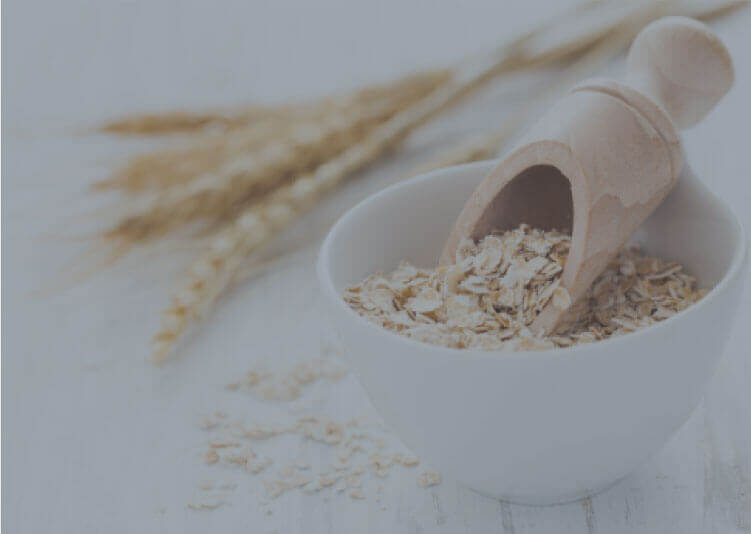Good Carbs vs Bad Carbs

What are good carbs vs bad carbs? Two types of carbohydrates exist, complex carbohydrates and simple carbohydrates. These carbohydrates provide your body with the glucose it needs to function properly.
Complex carbohydrates take the time to break down into glucose. Foods rich in complex carbohydrates and fiber are called good carbohydrates.
Simple carbohydrates include sugars found in foods such as fruits and milk products and sugars added during food processing. Foods rich in white flour and added sugars are called bad carbohydrates.
Good Carbohydrates:
Whole-Grain Products Buckwheat is a good example of whole grains. In good carbs vs bad carbs, whole-grain products such as brown rice, whole-grain pasta, beans, whole wheat bread, whole oats, buckwheat, millet, whole rye, whole-grain barley and whole-grain corn are considered good carbohydrates. These foods are rich in fiber, vitamins, minerals, and phytonutrients that are beneficial to your health. Also, they have a low glycemic index because they cause a slower change in blood sugar levels. Diets rich in high glycemic index foods cause a rapid rise in blood glucose levels, thereby increasing the risk for diabetes and heart disease. By contrast, foods with a low glycemic index help you achieve a more stable blood sugar and improve weight loss and control Type 2 diabetes.
Fruits and vegetables are loaded with vitamins, nutrients, and carbohydrates. People who consume about 2,000 calories per day should eat 2 cups of fruit and 2.5 cups of vegetables daily. Legumes such as beans, peas, and lentils are high in fiber, carbohydrates, and protein and low in fat. Legumes may decrease the risk of cardiovascular disease, Type 2 diabetes, and prostate cancer reports the Linus Pauling Institute. On a 2,000-calorie daily diet, you should eat 3 cups of legumes a week, according to USDA ChooseMyPlate.gov.
Bad Carbohydrates:
Refined Grains, Sweets and Biscuits White bread is a good example of refined grains.
Refined grains such as white bread, pizza crust, pretzels, hamburger buns and mega muffins are bad carbohydrates. During the refining process, these grains are stripped of B-vitamins, fiber and certain minerals. In addition, they also have a high glycemic index, negatively affecting blood sugar levels. Other examples of bad carbohydrates include chips, cookies, sodas, bagels, cake, pastries, pancakes, soda, high fructose corn syrup and baked goods. These foods are low in nutrient density as they have little or no nutritional value and supply a lot of calories. According to researchers at Yale University, bad carbohydrates such as sweets and biscuits cause falls in blood sugar, affecting the part of the brain that controls impulse. This leads to a loss of self-control and a desire for unhealthy, high-calorie foods. A diet high in calories contributes to weight gain, which increases the risk for developing Type 2 diabetes.
Easy Suggestions:
Now that you know good carbs vs bad carbs you can follow these tips: Include beans in your diet as they are a good source of protein and slowly digested carbohydrates. Harvard School of Public Health suggests eating whole oats is a good breakfast food, as well as brown rice, wheat berries or millet with dinner. In this way, you can add more good carbohydrates to your diet.
References:
- Centers for Disease Control and Prevention: Carbohydrates
- Harvard School of Public Health: Carbohydrates: Good Carbs Guide the Way
- ChooseMyPlate.gov: MyPyramid
- Linus Pauling Institute: Legumes
- The New York Times: Eating Well; It’s Better to Be Whole Than Refined
- Daily Mail: Could Your Sweet Tooth be a Warning Sign That You’re Ill?
- American Diabetes Association: Diabetes Myths
- MedlinePlus: Carbohydrates